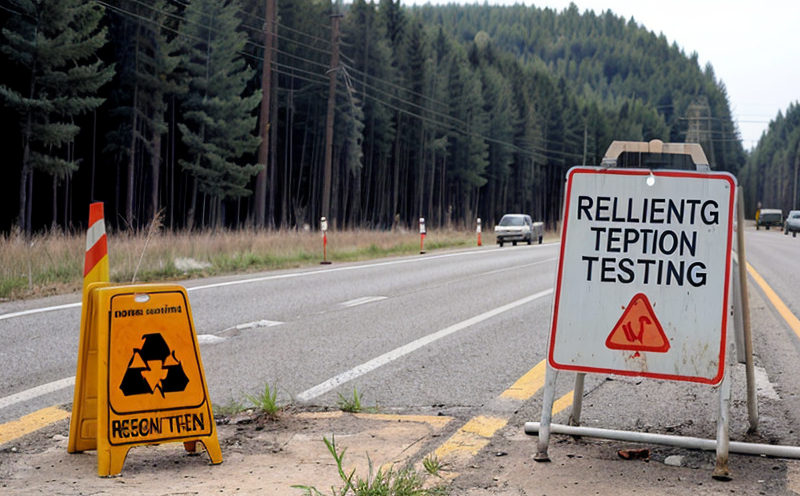ASTM D6239 Determination of Tritium in Water Samples
The ASTM D6239 method provides a robust and precise technique to determine the tritium content in water samples. This is critical for ensuring compliance with environmental regulations, especially in areas where radioactive isotopes are present or used. The process involves several key steps that ensure accurate measurement of tritium levels.
Firstly, sample preparation is crucial and includes filtering the water to remove particulates and other contaminants that could interfere with the detection process. Once filtered, the samples undergo a chemical conversion step where the tritium in the water is converted into methane gas through a process known as pyrolysis. This method ensures that only tritiated water molecules are present for analysis.
The next stage involves measuring the beta radiation emitted by the tritium using a liquid scintillation counter. This sophisticated equipment detects and quantifies the beta particles with high precision. The accuracy of this measurement is further enhanced through calibration against known standards, ensuring that results are reliable and repeatable.
ASTM D6239 is widely recognized for its stringent quality control measures and its alignment with international standards such as ISO 17025. Compliance with these standards ensures the reliability of results across different laboratories, which is particularly important in sectors like nuclear energy, environmental protection, and waste management.
For optimal performance, it is essential to follow strict protocols during sample collection and handling. This includes minimizing exposure time to reduce potential contamination and ensuring that all equipment used adheres to the specified calibration intervals. The use of certified reference materials (CRMs) further enhances confidence in the analytical results obtained.
The ASTM D6239 method is particularly useful for monitoring tritium levels in various environmental samples, including groundwater, surface water, and wastewater. It plays a vital role in ensuring that regulatory limits are not exceeded, which helps protect both human health and the environment from potential risks associated with radioactive substances.
Understanding the specific requirements of ASTM D6239 can help ensure accurate interpretation of results. For instance, understanding the dilution factors involved during sample preparation is crucial for accurate quantification. Additionally, knowing how different sources of tritium contribute to overall concentrations in water samples allows for more informed decision-making regarding compliance and risk management.
- International Acceptance: ASTM D6239 has been widely adopted by regulatory bodies worldwide due to its reliability and accuracy. It is recognized by organizations such as the International Atomic Energy Agency (IAEA) and the United States Environmental Protection Agency (EPA).
- Competitive Advantage: By adhering strictly to ASTM D6239, laboratories gain a competitive edge in terms of providing accurate and reliable tritium measurements. This is particularly beneficial for companies operating in sectors where environmental compliance is paramount.
Benefits
The benefits of using ASTM D6239 to determine tritium levels in water samples extend beyond mere compliance with regulations. It offers several advantages that make it a preferred choice among laboratories and organizations dealing with radioactive materials.
- Enhanced Accuracy: The rigorous calibration procedures ensure that the results obtained are highly accurate, providing confidence to stakeholders involved in environmental monitoring or nuclear waste management.
- Improved Reliability: By adhering strictly to ASTM D6239 standards, laboratories can consistently produce reliable results across multiple samples and over time. This reliability is crucial for maintaining trust with clients and ensuring regulatory compliance.
- Precision Measurement: The method's ability to precisely measure small amounts of tritium makes it ideal for applications requiring high sensitivity, such as detecting low-level emissions in nuclear facilities or assessing environmental impacts from radioactive releases.
- Comprehensive Regulatory Compliance: With its stringent quality control measures and international recognition, ASTM D6239 helps organizations comply with various national and international standards related to radiation safety. This is especially important for entities involved in activities like nuclear power generation or waste disposal.





